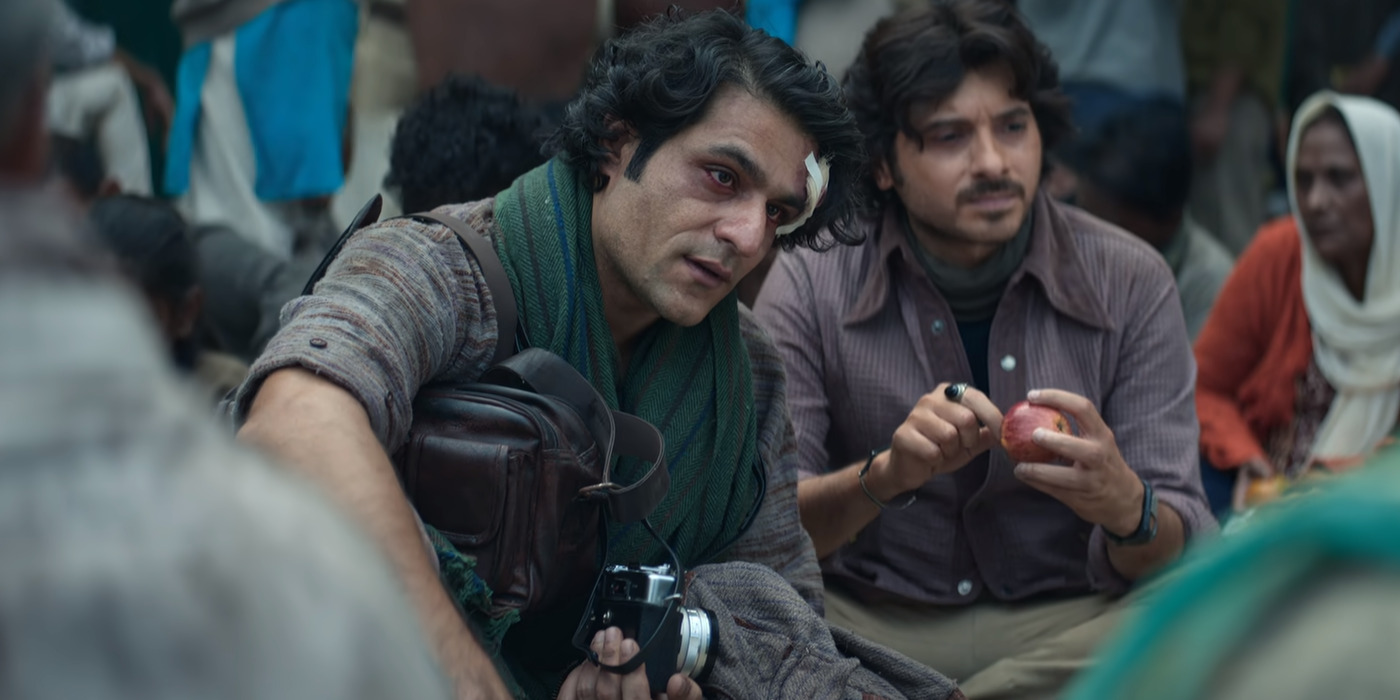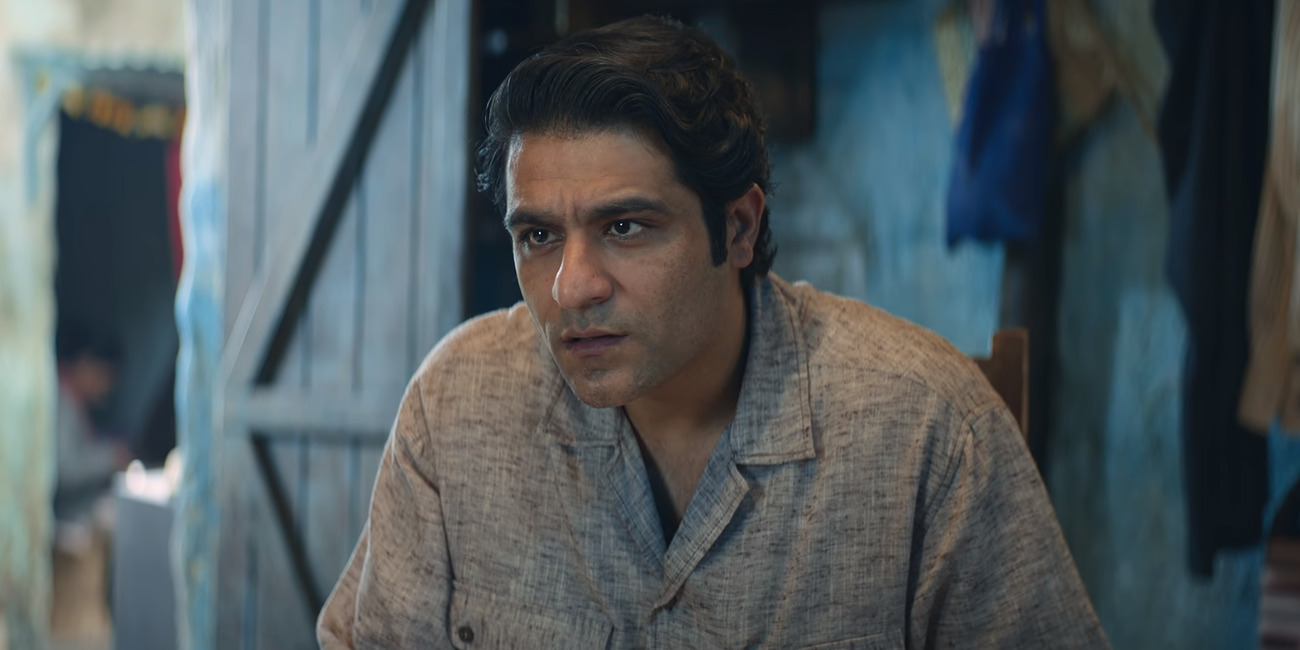Netflix’s ‘The Railway Men,’ a Hindi historical drama show, explores the events of the 1984 Bhopal Disaster, wherein an unfortunate gas leak from a Union Carbide industrial plant led to thousands of deaths. The show focuses on the events that unfold at Bhopal Junction, where Stationmaster Iftekaar Siddiqui takes charge and uses the railway lines to save lives and seek outside medical aid. However, simultaneously, the narrative also follows multiple other storylines, including that of Reporter Kumawat.
Kumawat is a small local journalist who attempts to unveil the truth behind Union Carbide’s unsafe working conditions weeks before the gas leak. Therefore, much of his narrative revolves around his relationship with the pesticide-producing company in a journalistic sense. Consequently, the significance assigned to Kumawat’s character may lead viewers to wonder if there’s any real-life basis behind his story.
Rajkumar Keswani, The Reporter Who Foretold The Bhopal Tragedy
Kumawat from ‘The Railway Men’ is partially based on a real-life journalist, Rajkumar Keswani, who closely followed the Bhopal Disaster story long before the incident occurred. While working for the local newspaper “Rapat,” Keswani published multiple articles about Union Carbide and the errors in their safety protocols. In one of the reporter’s articles, born from months of detailed investigation, the man compared the factory to a volcano on the brink of eruption. Likewise, he called for people in power to save the city in another.

In one article, published for the first time in June, Keswani even referenced a 1982 safety report conducted by Americans on the factory, which spoke of leaky valves, broken gauges, and multiple other issues. In his writing, the reporter said, “There will not even be a solitary witness to testify to what took place [in the event of a mishap such as the one that occurred in Bhopal months later].'” The reporter’s dedication to preventing foreseeable disaster even took him to the Madhya Pradesh Chief Minister, with whom he tried to correspond through a letter, but to no avail.
As such, after the dreadful night of December 2 passed, leaving a string of dead bodies and more injured behind, Keswani continued to pursue the story, seeking accountability and justice. In fact, during the disastrous night, the man was at the Hamidia Hospital, witnessing the terrors caused by Union Carbide’s negligence first-hand. Throughout his career, the man continued to stand for morality and played a crucial role in the fight for Bhopal Gas Victims to receive justice. In 1985, he was bestowed with the prestigious BD Goenka Award and won the Prem Bhatia Journalism Award in 2010.
Unfortunately, May 21, 2021, saw Rajkumar Keswani’s death due to health complications following COVID-19. Given the course of the man’s career and his significant involvement with Union Carbide and, subsequently, the Bhopal Gas Leak, we can conclude that Kumawat’s character most likely harvested heavy inspiration from the reporter’s real-life story. In fact, when we first meet the character, he seems to be working on a report about the death of a Union Carbide worker, Mohammed Ansari, which remains reminiscent of Keswani’s real-life article. The work titled ‘The Bhopal Disaster‘ talked about a similar death of an operator, Mohammed Ashraf.
Still, some key differences remain between the two, such as Kumawat’s standing as a less successful journalist with a sinking newspaper publication. Therefore, Sunny Hinduja’s character in the show remains a dramatization of Keswani’s real-life personality. Nevertheless, Kumawat mines invaluable inspiration from the latter reporter, which infuses his character with compelling authenticity.
Read More: The Railway Men Ending: Are Iftekaar Siddiqui and Imad Riaz Dead?


You must be logged in to post a comment.